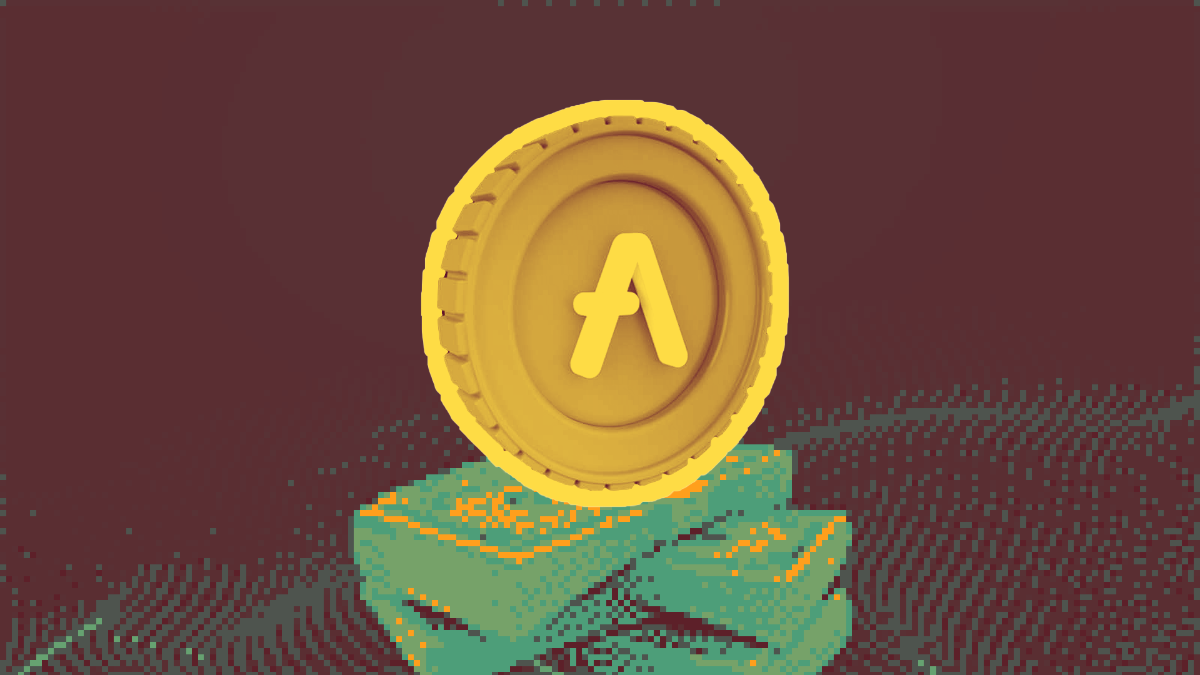U.S. Fed's Vice Chair Barr Suggests CBDC Decision Remains a ‘Long Way’
Coinbase Acquires Stake in Stablecoin Operator Circle; USDC Expands to Include 6 New Blockchains
U.S. Senator Lummis and Crypto Advocates Call for Dismissal of SEC's Lawsuit Against Coinbase
There's an adage in the media that states it takes three examples to start a trend. At least two well-known Ethereum-based platforms are creating new stablecoins, which highlights the value of these assets and the innovation that comes from competition in the cryptocurrency market. It's more than just a fad, at the very least.
On Sunday, a large majority of Aave community members voted in favor of creating GHO, a native stablecoin, for the decentralized lending platform. That happened roughly a week after open access Curve protocol creator Michael Egorov essentially acknowledged that his company was developing its own fiat-pegged asset.

A specific class of blockchain-based token known as a stablecoin uses a variety of strategies to preserve parity with fiat currencies like the U.S. dollar or the euro. Aave and Curve typically balance these tokens with overcollateralized quantities of cryptocurrency (i.e., more cryptocurrency is put into the protocol than the stablecoin is worth) in the decentralized finance (DeFi) space in which they operate.
Stablecoins are unquestionably one of the most significant inventions in the cryptocurrency space, as well as historically one of its fastest-growing sub-economies. Stablecoins are currently worth over $150 billion, according to data provider CoinGecko. Over two-thirds of that market is made up of two dollar-pegged assets from rival centralized companies/consortia, tether and USDC.
DeFi already has a large number of stablecoins that are crucial to this permissionless economy. They are used in trading pairs as a strategy to both make income through lending and safeguard capital from price swings. The biggest and most established "DeFi native" stablecoin is MakerDAO's DAI token.
All stablecoins built on the blockchain enable peer-to-peer transactions without the need for middlemen, however truly decentralized stablecoins that are managed by algorithms rather than by established companies are more in line with the crypto ethos of programmable financial inclusion. For example, Tether and Circle occasionally blacklist addresses or block transactions.

Making commercial sense
But for Aave or Curve to enter the stablecoin market, it makes perfect business sense. Although the tokens for either system have not yet been developed, both are expected to increase platform income and draw users.
In order to fund the decentralized autonomous organization of the platform, Aave intends to charge interest on loans taken out in GHO (DAO). On the collateral they provide to mint the token, borrowers will also be able to get interest.
99.9% of participants approved the Aave Cos. proposal for a protocol upgrade, and half a million AAVE tokens were committed. Although it hasn't yet been put to a formal vote, the majority of Curve's users support a native stablecoin for the protocol renowned as the scene of the so-called "stablecoin wars."
It seems sense that the fundamental operating principle for a Curve stablecoin would be to mint it against liquidity provider (LP) positions, according to the DeFi trade newspaper The Defiant. This would resemble MakerDAO's collateralized debt position approach at a high level.
The use of LP positions as collateral ought to make liquidity on Curve more sticky, as users would have to pay off any loans secured by those positions before getting their collateral back. People use Maker, after all, in part to avoid having to sell their ETH. To access liquidity in this situation without giving up the fee-generating collateral, people might borrow against their Curve LP positions.
The prior stablecoin proposal from the Aave community appears to have inspired the community to vote for GHO once Curve's developer team started discussing its ideas in public. Being the first can be advantageous. The battle over which stablecoin can draw the most users and maintain the greatest level of liquidity to guarantee its price stability is really just a battle within DeFi.
However, Aave has faced criticism in the past for diversifying into many unrelated areas, such as social networking. While a stablecoin could boost revenue and provide customers discounts, it also dilutes the brand. You might rhetorically ask, "What does Aave do again?"
While not yet a trend, the scenario is somewhat reminiscent of DeFi Summer in 2020, when every other protocol introduced a governance token. If new protocols enter the fray, it will be interesting to watch what happens to the market for undercollateralized stablecoins (or the security guarantees for these assets), especially at a time when capital and users are leaving.
It's also important to recall how unpleasant that summer could be at times, with protocols being launched with the express intention of stealing users from other platforms via "vampire attacks" and alluring token subsidies. It is not within my purview to opine on whether users or DeFi as a whole would be better served if Maker were less famous or if every decentralized exchange had a native stablecoin similar to the Binance coin.
However, DeFi's entire premise is that, despite higher risks, open markets spur innovation. And until Sushi decides to create its own stablecoin, it's definitely too early to declare the market to be oversaturated.
-----------















